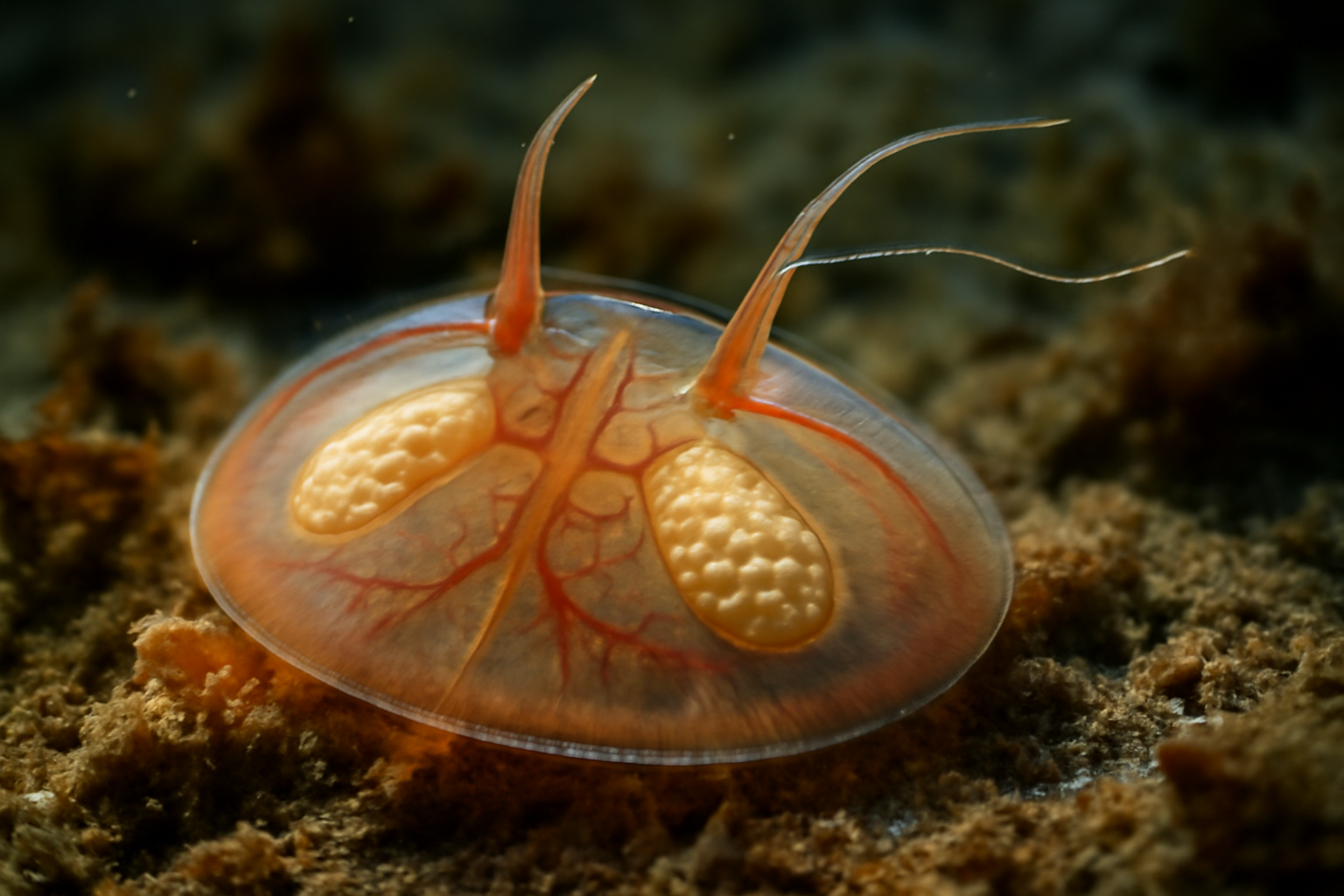Tjalfiella: An In-depth Overview of Classification, Habitat, Morphological Traits, and Ecological Significance
Tjalfiella is a fascinating and less widely known genus within the phylum Ctenophora, representing benthic marine ctenophores with specialized adaptations for crawling lifestyles. These organisms contribute uniquely to marine biodiversity, bridging planktonic and benthic ecosystems. This article explores the diverse aspects of Tjalfiella, covering its classification, habitat, geographical distribution, general features, special traits, and identification methods, concluding with current academic references providing further insights.
Classification of Tjalfiella
- Kingdom: Animalia — Multicellular heterotrophic organisms exhibiting cellular differentiation
- Phylum: Ctenophora — Comb jellies characterized by rows of ciliary plates for movement
- Class: Tentaculata — Possess tentacles armed with adhesive colloblasts
- Order: Platyctenida — Benthic ctenophores with flattened bodies adapted for crawling
- Family: Coeloplanidae — Group of benthic ctenophores generally flat and commensal on corals or sponges
- Genus: Tjalfiella — Distinguished for creeping benthic ctenophores with unique morphological nuances within Coeloplanidae

Habit and Habitat
Tjalfiella inhabits benthic zones within tropical and subtropical marine environments, typically found residing on coral reefs, rocky substrates, or among submerged vegetation. Their flattened body plan facilitates a creeping mode of locomotion over uneven surfaces, often in close association with host organisms such as sponges or soft corals.
These ctenophores display a preference for shallow coastal waters where light penetration and nutrient availability support the benthic food web. The ability to adhere and crawl provides both predator avoidance and efficient hunting grounds for micro-prey.
Geographical Distribution
The genus Tjalfiella is recorded mainly in Indo-Pacific regions, including diverse coral reef systems off Southeast Asia, the Great Barrier Reef, and surrounding island chains. Records also suggest presence in other subtropical marine zones, though species-specific distributions require further taxonomic and molecular studies for precise delineation.
Their benthic and creeping lifestyles restrict widespread pelagic dispersal, leading to relatively localized populations in areas with optimal habitat conditions.
General Characteristics
- Body is flattened in the oral aboral direction and elongated in the tentacular axis with a simple tentacle with a base.
- Each end is upturned and fused at the edges to form a tube or ‘chimney’, through tentacle extension.
- Chimney is continued with pharyngeal cavity.
- Statocyst is found on the upper surface. Polar fields, ciliated furrows and combs rows are absent.
- Gastrovascular canals are continued into the chimney.
- An ovary and a testis occur in each of the eight blind sacs and form eight bulges on the upper surface.
- Eggs develop into broad capsules.
- Body flattened dorsoventrally, ranging in length from a few millimeters up to several centimeters.
- Absence of prominent swimming comb rows typical of pelagic ctenophores; instead, locomotion relies on cilia on the ventral surface.
- Paired tentacles with adhesive cells (colloblasts) retracted into protective sheaths, used both for feeding and substrate adhesion.
- Body surface marked by various papillae or projections aiding in camouflage and sensory functions.
- Internal anatomy comprises a pharynx, meridional canals, statocysts for orientation, and reproductive gonads.
- Translucent or spotted body coloration facilitating ecological camouflage on host organisms.

Special Features
- Unique creeping locomotion adapted for life on benthic substrates, an uncommon trait among comb jellies.
- Symbiotic and commensal relationships with corals and sponges help optimize feeding and protection.
- Colloblast adhesive cells provide dual functionality in prey capture and secure attachment to hosts or substrates.
- Cryptic coloration and morphology contribute to effective predator evasion in complex reef environments.
- Exhibits behavioral flexibility with rapid retreat responses to environmental threats.
Identification
Identification of Tjalfiella species depends heavily on microscopic and molecular analysis, given their morphological similarity to other Coeloplanidae genera. Key visual clues include flattened body shape, tentacle sheath structures, and habitat context.
Field observations note the presence of creeping movement behavior and substrate preferences, distinguishing them from free-swimming ctenophores.
References
- Marine Species Identification Portal – Tjalfiella genus
https://species-identification.org/species.php?species_group=ctenophora&id=51 - Encyclopedia of Life (EOL) – Coeloplanidae family overview
https://eol.org/pages/34390 - World Register of Marine Species (WoRMS) – Tjalfiella taxonomic details
http://www.marinespecies.org/aphia.php?p=taxdetails&id=265007 - Marine Biodiversity Journal – Benthic Ctenophores and Their Ecological Roles
https://www.marinebiojournal.com/benthic-ctenophores-ecology - Developmental Biology of Ctenophores – Insights from Platyctenida
https://academicpubs.edu/articles/ctenophore-development-platyctenida
